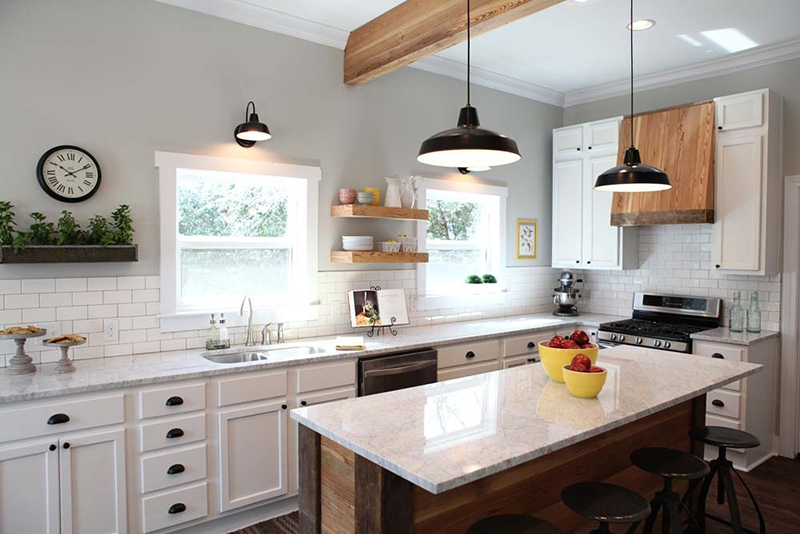It’s every home buyer’s worst nightmare: Finding a house within striking distance – of your price range and work- that quickly turns into a money pit.
On the flip side of the fixer-upper experience is someone like Jordan Brannon, a director of digital strategy in Spanaway, WA, near Tacoma. Although he’s sunk considerable money into his two-story, late-1990s home, he feels it was a good investment.
“It was about finding a home that we could add value to – and could purchase at a below-market rate,” he says of his 3,000-square-foot home. But there was one crucial caveat: “The fixer-upper work that we wanted to do, we had to be able to do.”
While that fixer-upper you’ve got your eye on may not be the steal you’re expecting – the average fixer-upper lists for just eight percent less than market value, according to a new analysis from Zillow Digs – it’s still a tempting prospect for many buyers.
Should you make a fixer-upper your next home? Here are three scenarios where the answer may be “Yes!”
When the upgrades are simple
Knowing that hiring contractors was out of the question – in part because Brannon works from home – Brannon and his wife focused on finding a home they could revamp themselves.
This meant forgoing homes with any foundation, electrical, or plumbing issues, and eyeing properties where cosmetic upgrades were the name of the game.
This isn’t to say the couple didn’t put in a lot of hard work; the project took nearly three months.
“We basically gutted the first floor down to drywall – did a full repaint, with all new trim; replaced the kitchen cabinets and countertops, and added new light fixtures and door handles,” Brannon says. New toilets and sinks are recent installments.

“The home looks 10 years younger, and feels cleaner and brighter,” Brannon remarks. “We’re more comfortable living in it, and I’m confident we’ve made an improvement in the home’s resale value.”
Combined estimates from contractors put the value of the improvements around $55,000, minus one bathroom. Altogether, Brannon says the couple spent about $15,000 on the work, plus 240 hours in labor (yes, he’s been tracking). For Brannon, it was a worthwhile endeavor.
When the numbers add up
“Fixer uppers [only] make sense as long as the numbers pencil out,” says George Vanderploeg, a luxury real estate broker with Douglas Elliman in New York. In other words, “Is the money that I have to put into it going to make the property worth at least that much when I do it?”
In general, people will price a property based on what others sell for, Vanderploeg explains. “If I were just to pick a block in Manhattan, say on 63rd Street, between Lexington and Third Avenue, the renovated townhouses there might sell for $3,000 per square foot,” he continues. “An un-renovated townhouse might sell for maybe $2,000 per square foot. If you have the money to put in, it may all work out.”
Of course, for many home buyers, especially those without a big – or any- renovations budget, this is easier said than done.
When the timing is right
Every municipality has a building code, says Vanderploeg, and the work that you do on the home must fall within legal bounds. “An architect usually will supervise the work, and then at the end of the process, they’ll sign off on it,” he says. However, this can be time-consuming.
You can also run into hurdles if your contractor falls behind schedule, has trouble staying on budget, or is just unreliable. “Where people go wrong sometimes is having a bad contractor,” says Vanderploeg.
If you’re unable to live in the home or get stuck waiting for permits, you could also find yourself in a bind. “Sometimes we have to find people a place to live for six months to a year while they’re waiting for something to be finished,” Vanderploeg adds.
For these reasons alone, homeowners need to be clear-eyed about the renovation process.
Remember, committing to upgrade a fixer-upper is more than a labor of love – it requires a time and financial commitment. But if you’re willing to go all in, think about the bragging rights!
Hear about one family’s fixer-upper experience:
Don’t miss out on the next Zillow video! Subscribe today to see the latest.
Related:
